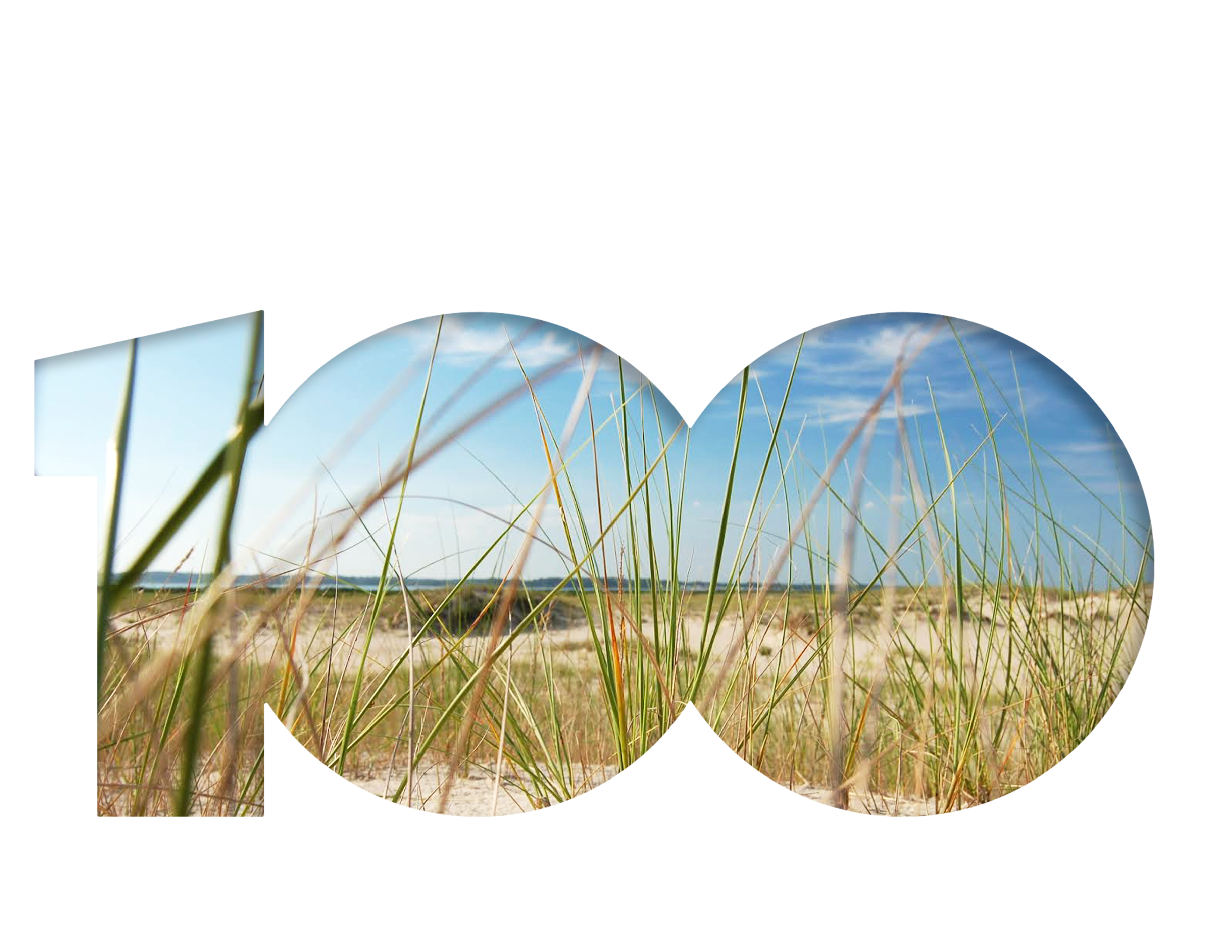IAN Returns to Honolulu for the Hawaiian Islands and the Remote Pacific Islands Coral Reef Report Cards Workshops
Heath Kelsey ·As part of the NOAA Coral Reef Report Card Project, Alex Fries, Caroline Donovan, and Heath Kelsey facilitated two workshops in Honolulu to create report cards for the Hawaiian Archipelago and the Remote Islands of the Pacific where NOAA has responsibility for coral reef management and assessment. The workshops were held January 23, 24, 26, and 27 at the Inouye Center, the same location as the American Samoa Pilot Report Card workshop in 2015. The Inouye Building is rebuilt from one of the airplane hangars located on Ford Island in Pearl Harbor, which was partially damaged during the Japanese attack on December 7, 1941.
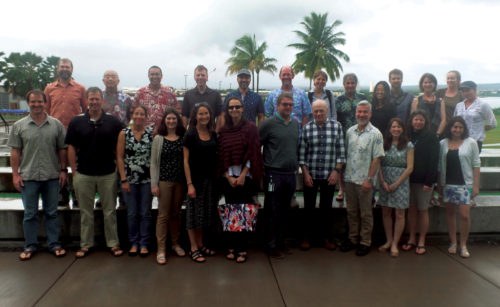
The objective of the workshop was to design the Hawaiian Islands and Remote Pacific Islands report cards and begin evaluating available data, appropriate thresholds and benchmarks, and key messages for these areas. We spent a good amount of time focusing on the ways to calculate scores from the data, including how to determine the most appropriate thresholds. Although some of these had been addressed as part of the pilot report card process for American Samoa and Florida reefs, the resources are always a bit different, so the ways to assess the data are also a bit different. An important part of the process is to involve regional and local stakeholders, and managers in the development process to create a shared vision for the region and consistent messaging, as well as to ensure the relevance of the end products. In Hawaii, these stakeholders are many and very involved, while in the remote islands there are very few.
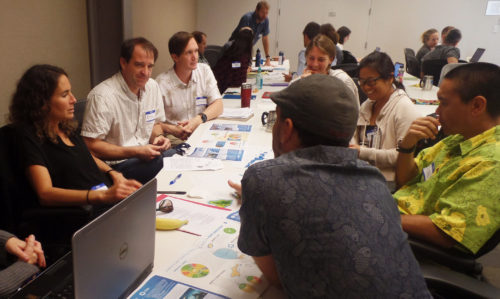
Hawaiian islands are isolated and have valuable coral reef ecosystems
The Hawaiian islands are very isolated – they are about 2,500 miles from the US mainland, 3,200 miles from Mexico, about 4,500 miles from Australia, and over 5,000 miles from South America. But the population of Hawaii (1.4 Million in 2015, which is almost triple the 1950 population) and the tourists who visit (8.7 Million in 2015) mean that the reefs are anything but isolated from the pressures associated with people. It’s thought that Hawaii’s coral reef ecosystems were healthy historically, but have declined with the rapid increase of human activity.
Key objectives of the workshop include the establishment of baseline conditions to measure against for all indicators in the 4 main theme areas of Fish, Benthic Condition, Climate, and Communities & Management. Other key objectives included identifying the overall story and messages that the report card needs to convey, and if possible, to identify the different regions that should be used to evaluate the archipelago.
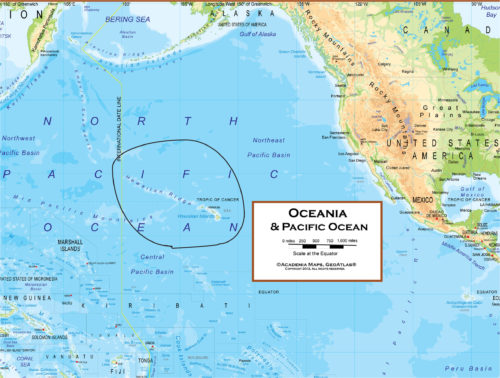
Hawaii’s coral reefs are under threat
One of the activities we used in the workshop is a game called SNAP!, which we used to get quick feedback from participants on values associated with Hawaii’s coral reefs, and the threats to those ecosystems (and therefore the values). Values identified included tourism, food, culture and economy, but land-based pollution, overfishing, climate change, and the islands’ isolation threatened these values. SNAP is a great way to quickly visualize priorities for the region from multiple perspectives. We identified stories that were important to each of the theme areas.
Coral reefs in Hawaii, much like other locations are being damaged by human pressures from land based sources of water pollution, by direct impact to corals from tourists, and from climate change effects such as warming waters and changes in ocean acidification.

New indicators potentially in Hawaii
During this workshop, we were able to tackle a couple of things that we have so far been unable to in other areas. It appears that the water quality data available from other partners may allow us to incorporate a water quality component in the report card. This is an important and recognized gap in available data for the coral reef monitoring program, and it is fortunate that other state and NGO partners have ancillary data that we can use in this case.
The other thing that we may have begun to crack in this workshop is the ability to measure and score biodiversity as an important metric. Several workshop participants discussed using species richness for a group of fish and coral species, and potentially crypto biota (small, mainly invertebrate animals that live in the crevasses and holes in the reef structure and that are not normally seen), and even microbial diversity. It is unclear if all of these will be robust enough to include in the report card, or if they would be included as a separate section of indicators, or if they would be incorporated into the fish and coral sections.
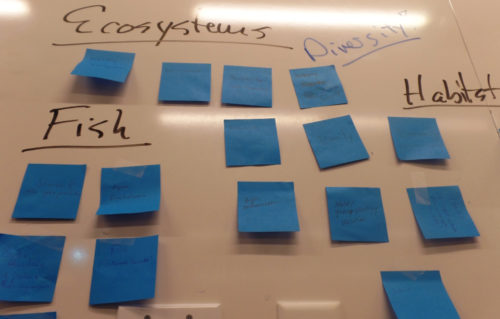
It was also decided that slight changes in the measurement of ocean acidification would also be made, to reduce the effect of carbon uptake by reef organisms on the measurements. The decision was made to use sampling stations about 1km offshore from the reef areas to reduce this effect.
In all, the workshop was a great success: we identified most of the content for the report card document and firmed up our plans for analyzing the data we need. A draft report card is currently scheduled for August 2017, and the release of the finished report card is scheduled for early 2018.
About the author
Heath Kelsey
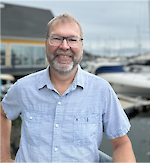
Heath Kelsey has been with IAN since 2009, as a Science Integrator, Program Manager, and as Director since 2019. His work focuses on helping communities become more engaged in socio-environmental decision making. He has over 10-years of experience in stakeholder engagement, environmental and public health assessment, indicator development, and science communication. He has led numerous ecosystem health and socio-environmental health report card projects globally, in Australia, India, the South Pacific, Africa, and throughout the US. Dr. Kelsey received his MSPH (2000) and PhD (2006) from The University of South Carolina Arnold School of Public Health. He is a graduate of St Mary’s College of Maryland (1988). He was also a Peace Corps Volunteer in Papua New Guinea from 1995-1998.

